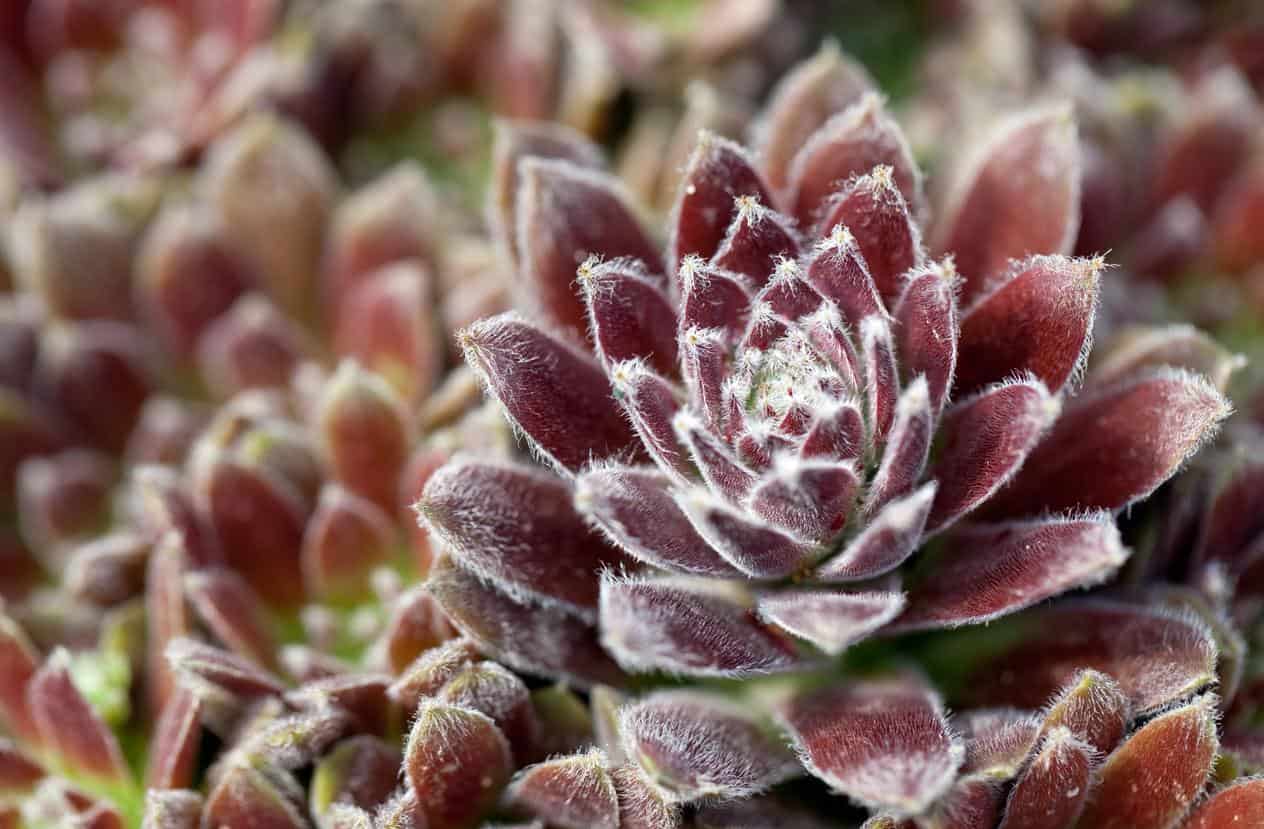
Creating a Poolside Paradise: Must-Have Features for Your Pool Landscape


By Ed Ball | Published on December 21, 2023 | 4 min read

Uh-oh! Winter’s approaching; it’s time to pull out those winter snuggle blankets. But too bad you can’t put one over your garden—will your garden even survive the cold? That’s the struggle that many gardeners, those with green thumbs, and especially beginners, contend with. But don’t fret, you can add some colder climate plants for a thriving, colorful, and beautiful outdoor winter garden oasis.
Winter does not have to mean settling for an unsightly and barren garden. Did you know that you can place cold-resistant potted plants on your patio or your porch for a cheery and inviting outdoor space? Continue reading to find some great choices for colder climate plants and tips for your winter garden that can flourish in containers.
You can’t go wrong with Evergreen plants in the winter for their color, however, this particular one is unique because of its glowing yellow foliage. Unlike other golden hemlocks, the golden duke eastern hemlock can endure full sun, so this variety is a good container plant choice.
This plant is hardy for Zone 4. Able to withstand frigid temperatures.
Tip: Combine a variety of hemlock colder climate plants to enhance the color in your winter containers.
For a welcoming pop of a beautiful purple-red color in winter, this is the perfect small shrub of foliage. Compact Oregon Grape will only grow to about 2–3 feet tall, so it will thrive in a large container with partial shade. The Compact Oregon Grape exhibits jazzy yellow flowers in the spring, so you can look forward to year-round color from this plant.
This plant is hardy to Zone 5. Can survive temperatures below zero.
Tip: Plants need much less water during the winter than during their growing season. Keep the soil lightly moist and beware of overwatering.
This is another evergreen shrub that can withstand frigid temperatures, so it is a good choice for a potted plant outdoors in the winter. In the winter, the Winter Gem boxwood’s leaves develop a golden bronze hue, and then during the spring, it changes back into a bright green color. Winter Gem boxwood thrives in both partial and full sun
This plant is hardy to Zone 5. Can thrive in either full or partial sunlight.
Tip: Boxwood plants are the classic go-to English garden plants. These plants look especially good in containers on the porches of formal-style homes, such as Tudors
The bare branches of this shrub look amazing against snow and evergreens, and you can even trim some branches for indoor holiday decorations. Red Twig Dogwood shrubs yield beautiful blossoms in the spring, variegated leaves in the summer, and berries from summer to fall. Enjoy the beauty of flat clusters of little white flowers, followed by lots of white berries with hints of green and blue hues.
It’s hardy to Zones 3–8. Tolerates partial shade, although its signature red bark will show brighter when planted in full sun.
Tip: Drench well at season’s end, then water sparingly every 2–3 weeks during the winter
Although succulents are known for being mostly warm-weather plants, there are a few varieties that can stand up to winter’s cold. Hens-and-chicks are tough succulents that will retain beautiful colors throughout the winter.
This plant is hardy to zones 3 through 8 depending on the variety. Can stand up to winter’s cold.
Tip: Choose a variety of hens and chicks that can handle your area’s winter cold.
First impressions are everything. The experts at Ed Ball Landscape Architecture possess the skills and knowledge to enhance your exterior and amaze people simply walking by. If you’re ready to transform your outdoor garden for the winter and learn more about our landscaping services, contact us today. In the meantime, check out our blog right here.